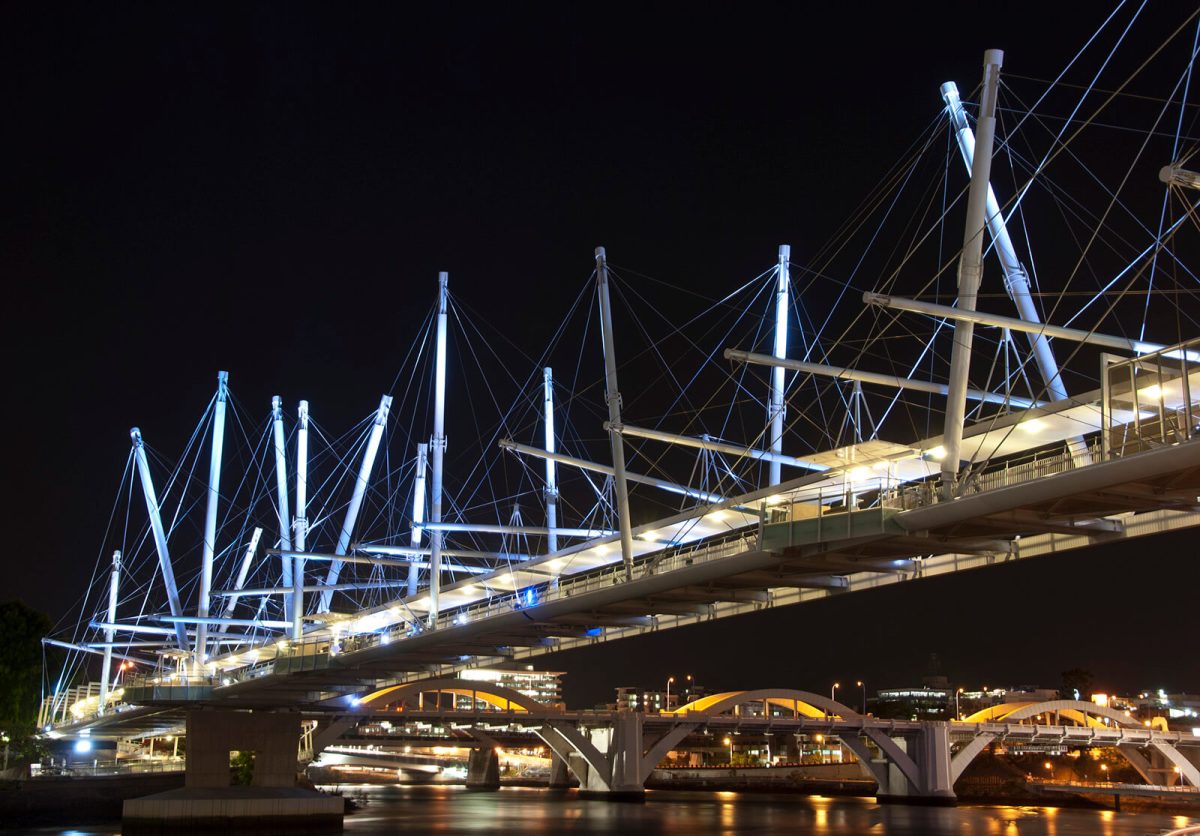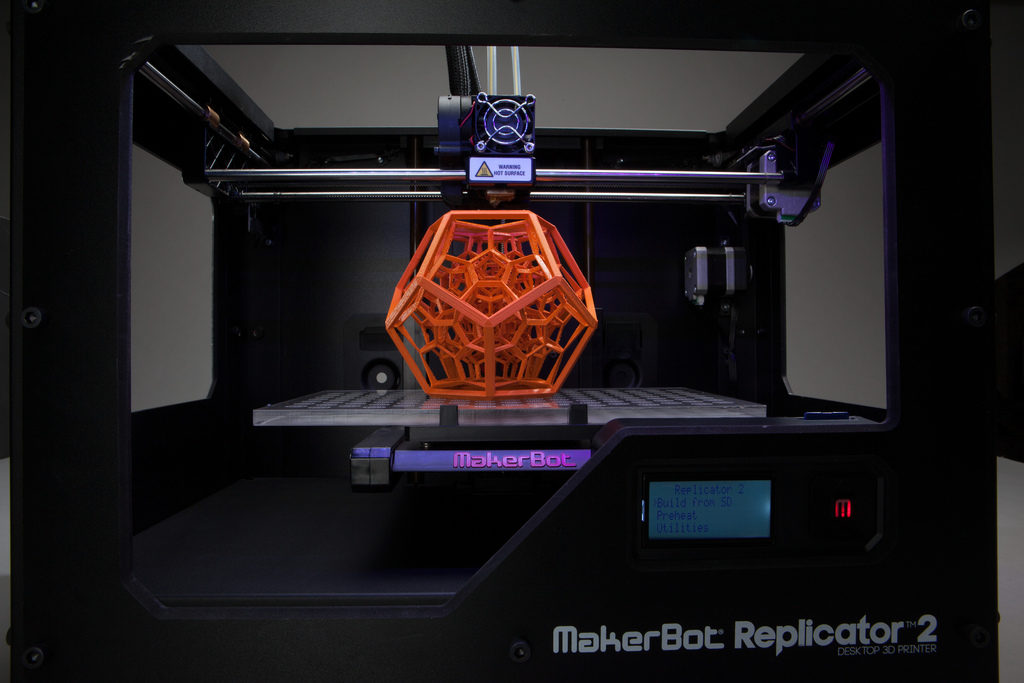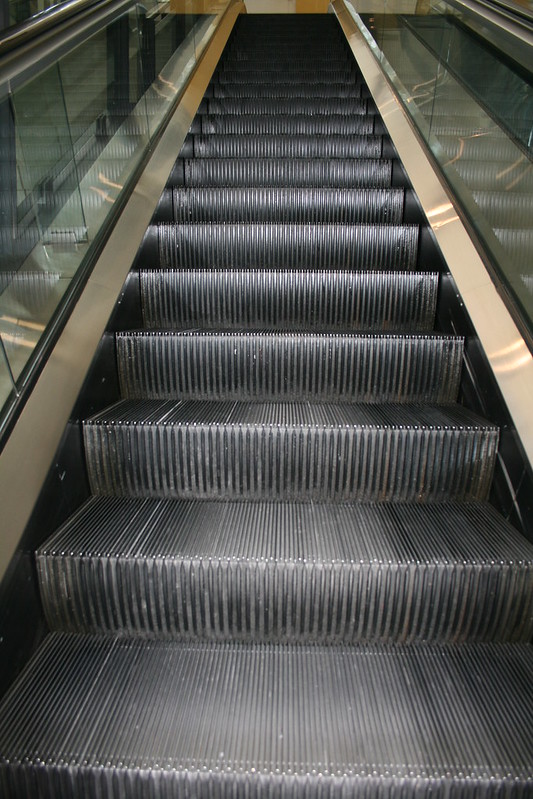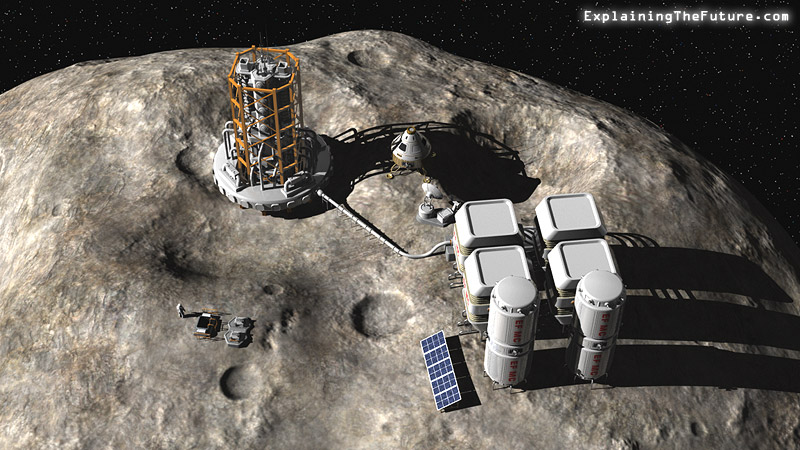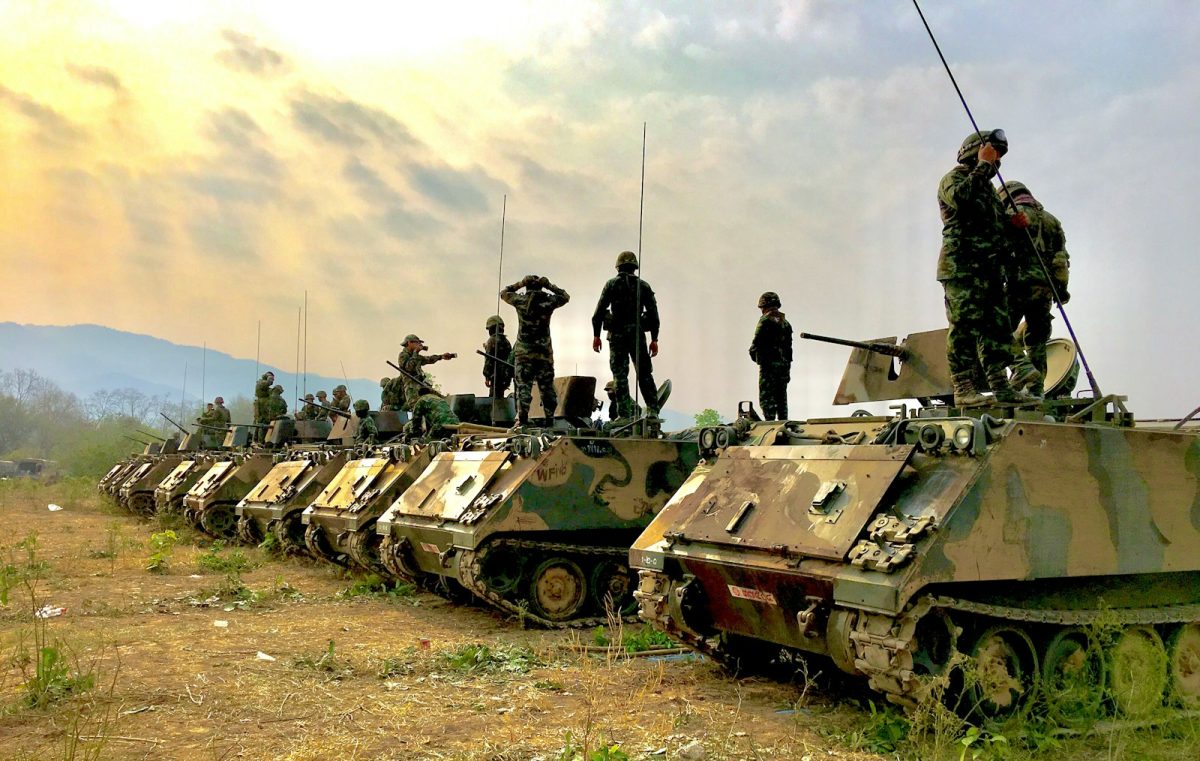Buckminster Fuller, an engineer and architect of the 1920s, had a thought about a new type of architecture that defied the norms of society and was the exact opposite of the architecture ideologies of that time: tensegrity. He believed in a future where the world would rely on stability, or integrity, by a “tensional” force. He would combine the two terms into one, inventing the word “tensegrity”.
Traditional buildings, such as the houses we live in and the skyscrapers we see, are considered “compressionegrities“, relying on strong, compressible building materials and heavy weight to create stability within the building. Structures using tensegrity were the exact opposite. They focused on tension to create stability.
How Does Tensegrity Work?
Tension is the power to be stretched tightly. You can imagine tension being like a game of tug-of-war. Both sides are pulling the string towards themselves, leading to the string becoming tense and fully stretched out. Some things like metal cable and string are great at taking on a lot of tension.
Some examples of tension are in instruments, like the violin. Twisting the knobs on the end of the violin can change the violin’s strings tension. A string that is tight creates a higher-pitched sound than a string that is loose.
When things like cable and string are fully tense, meaning as tight as can be, it is really hard and sometimes impossible to make the cable or string even more tense. This principle is the basic idea of tensegrity structures.
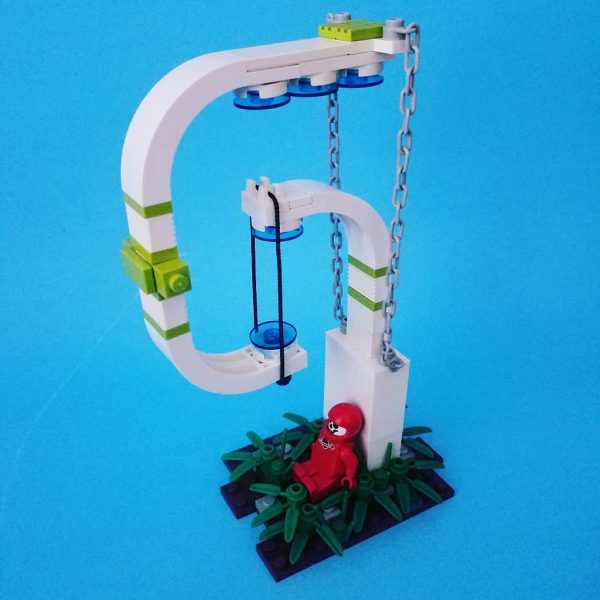
Simple tensegrity structures (like the one on the left), use three or more important tensioned parts and the structure holding the tensioned parts in order to become stable.
The middle string (black) prevents the top part of the model from being able to easily pushed down. This is because the string is fully tensioned and cannot be stretched any further, leading to the fact that the top part cannot be pushed down because you cannot add any more tension.
The two chains on the back (light gray) do two things. One thing they do is prevent the top of the model from being moved upwards. This is because the chain is fully tense and cannot be stretched any more. The chains also try to prevent any side-to-side movement. Because the chains are fully tensed, they can barely be moved side-to-side because one or both of the chains would exceed their maximum tension and fight back when being pushed.
The more complex tensegrity structures use the exact same ideas as the simple tensegrity structure — multiple tensioned parts hold a structure together.
Tensegrity’s Real-Life Applications
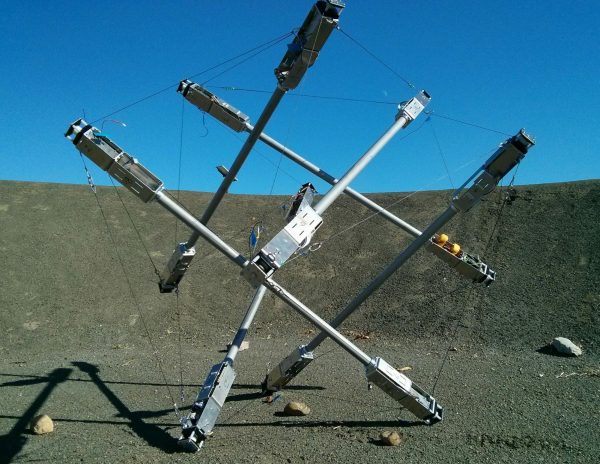
A complex tensegrity structure includes NASA’s “Super Ball Bot”. The lander used the principle of tensegrity to survive the amount of force that the lander would endure when hitting a surface, like the moon. Instead of exerting the force of landing on a few points of pressure, the entire structure of the lander absorbs the force because the tensegrity structure NASA uses is unique in the fact that when you compress one side of the structure, the entire rest of the model compresses, dissipating the force of landing throughout the entire lander.
The “brain” of the lander would stay safe in the middle of the tensegrity structure, avoiding any force from the impact.
The Kurilpa Bridge located in Brisbane, Australia (shown at the beginning of the article) also uses tensegrity. It combines multiple tensioned cables and metal poles to create stability, and a very interesting and unique design.
Related Stories:
- https://www.physicslens.com/tensegrity-explained/
- https://www.ansys.com/blog/design-floating-structures-tensegrity#:~:text=Tensegrity%2C%20or%20tensile%20integrity%2C%20describes,touch%20but%20experience%20compression%20nonetheless.
- https://www.sciencedirect.com/topics/engineering/tensegrity-structure#:~:text=Tensegrity%20architecture%20is%20the%20name,1993)%20(Figure%207.4).
- http://www.scholarpedia.org/article/Tensegrity
- https://www.in2itmedical.com/articles-blog/what-is-tensegrity
Take Action:
